14. Leaving Las Vegas (Mike Figgis, 1995)
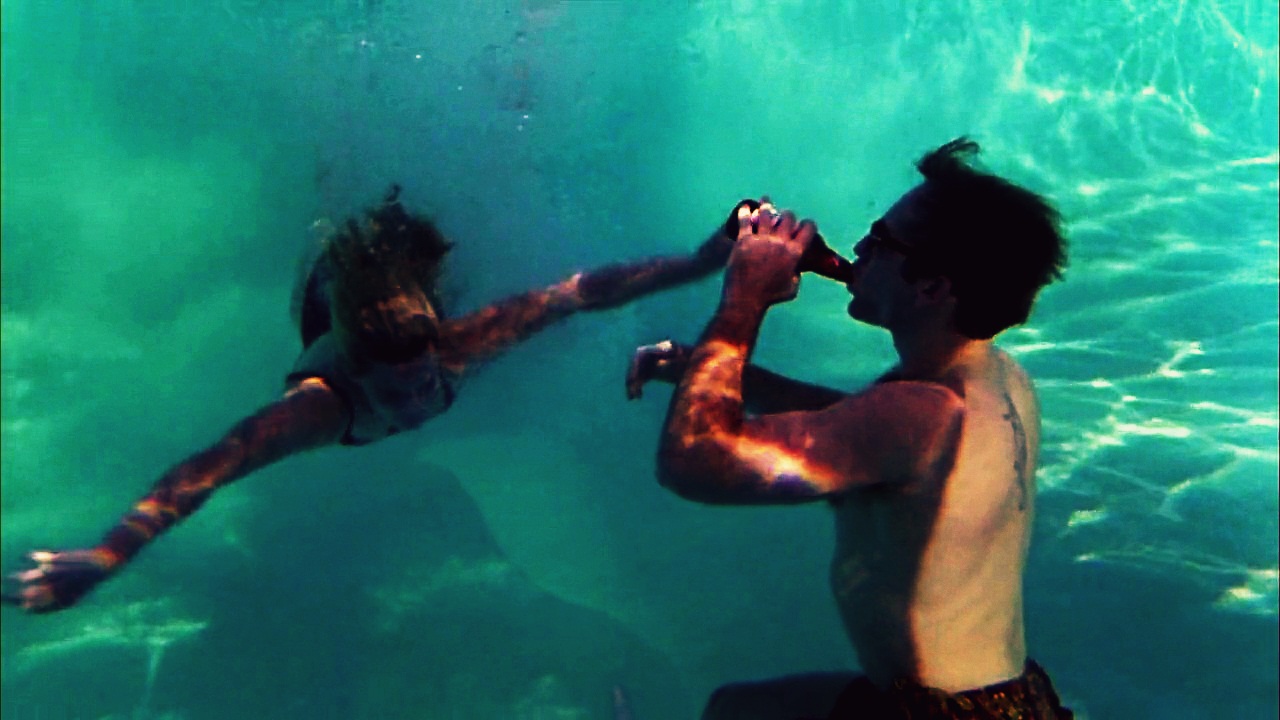
Ben Sanderson (Nicolas Cage) might be considered an unlikely decision for a romantic partner, as he seems to search for self-destruction while drowning in alcohol. But again, amour fou is mostly about misfits finding a refugee among each other. Thus, when he meets a young prostitute named Sera (Elisabeth Shue) his problems grow bigger, but he is capable to find some understanding inside this relationship.
Ben pays Sera, but instead of having sex, he asks her to talk all night about anything and everything. In this new approach to her work, Sera starts to fall for Ben, and Ben does the same with her. They both struggle to change each other; Sera tries to convince Ben to get help for his alcoholism and Ben tries to get Sera away from her abusive pimp.
It is through this struggle that they start to have problems with each other, and they find obstacles for their improbable love, but it is also the way their love expresses itself in a crazy way.
15. Talk to Her (Pedro Almodóvar, 2002)

The love portrayed by Pedro Almodóvar here is so one-sided, so obsessive and so naïve that we aren’t sure whether it can be discussed as an expression of love. There were some polemic views on Almodóvar’s most acclaimed film when it was released, but also a great amount of recognition.
Because the Spanish director never takes himself completely seriously, it is important to understand how unreal his depictions are, and how closer his tales are to fables rather than realistic stories. Thus, falling in love with someone who is not there, someone who is comatose, can look desperate and naïve, and that could be the main description of Benigno (Javier Cámara) and his vision of the world.
16. Punch-Drunk Love (Paul Thomas Anderson, 2002)
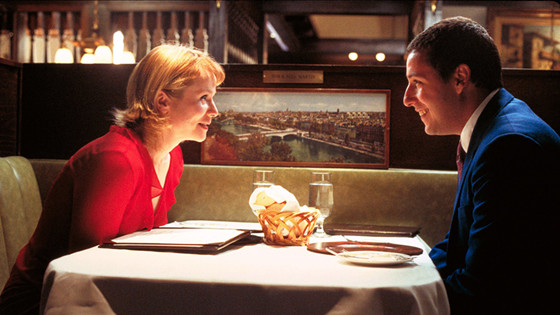
Anyone familiar with Paul Thomas Anderson’s work would think that a romantic comedy might be one of his least probable genres. But in “Punch-Drunk Love”, labels don’t fit so well, so we have a romantic comedy, but one of its own strange kind. Just as unlikely as its genre is the actor playing its main character. With one of the greatest performances given by Adam Sandler as Barry, Anderson gives us a view on how love can fill the holes provided by loneliness and a terrible job.
Every relationship of Barry’s has failed on him. From his annoying co-workers to his sadistic sisters, Barry’s loneliness and depression seems impossible to cure. But when he sees Lena (Emily Watson) for the first time, his ideas start to change. In an obsessive move, he follows her to Hawaii while pretending to be on a business trip. This is the beginning of a surreal, distorted and quirky version of love.
17. Last Life in the Universe (Pen-Ek Ratanaruang, 2003)
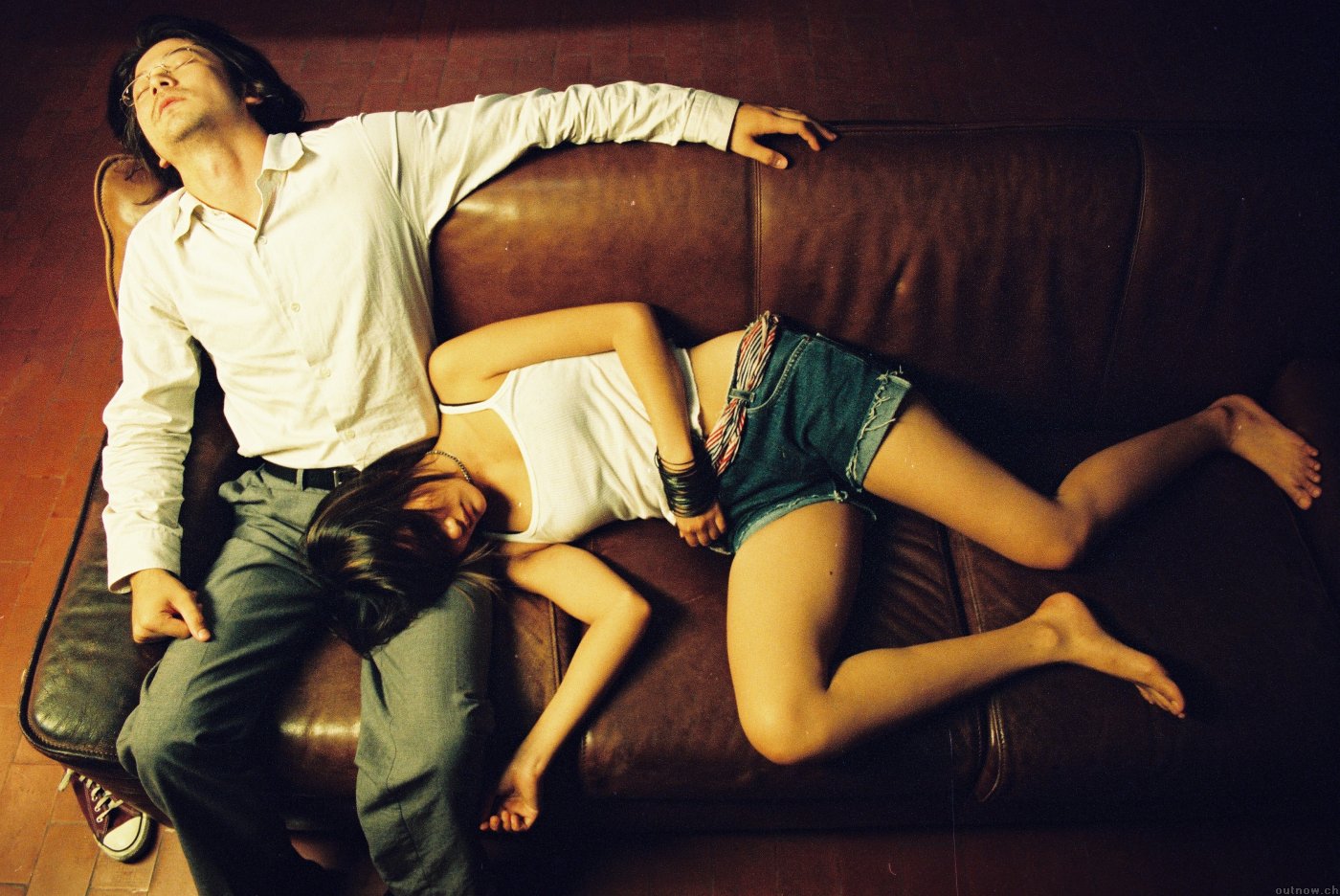
How to make a romantic film, with its core focus on the love between two people inside a bigger and darker Yakuza story, is one of those great and weird mixes only traceable in recent Asian cinema. Pen-Ek Ratanaruang accomplishes this perfectly, blending the loneliness of an intellectual librarian and the problems he is forced to front because of his mobster brother, and how love is the only way he can get through this.
For a film that has a suicide attempt in the beginning, the following scenes are particularly brighter once the couple finds refuge in each other. Influenced by the bizarre cinema of Takashi Miike (who plays a minor role in the film), “Last Life in the Universe” is a little jewel waiting to be recognized as a modern classic, and certainly one of the most romantic films of the last several years.
18. Blue Valentine (Derek Cianfrance, 2010)
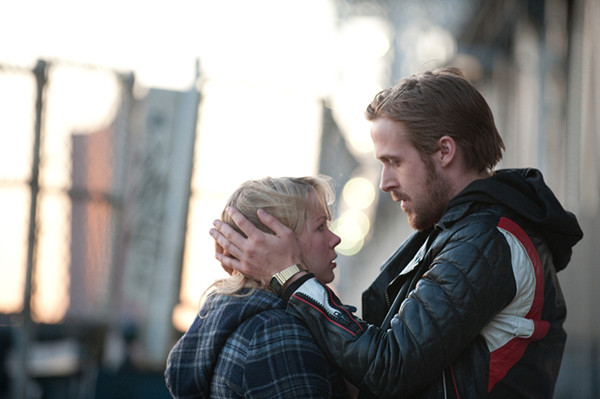
Derek CIanfrance’s take on love is probably a less extreme example, and in that sense, the most tragic. Dean (Ryan Gosling) and Cindy (Michelle Williams) are a destructive couple, like any other on this list, but they don’t have to look to the extreme to find vitality.
“Blue Valentine” is a film that depicts the destruction of a couple in such a realistic and common way that it makes it hard not to see any relationship as an amour fou. There could be a point in any relationship where love is all about hurting one another, and where none of them can stop this destruction.
Sadism is seen everywhere on this list, but in this case, sexual exploration takes the shape of emotional manipulation and selfishness. Any relationship can fall into obsession and destruction, and the way Cianfrance reminds us of this hurts because how close it rings home.
19. Blue is the Warmest Color (Abdellatif Kechiche, 2013)
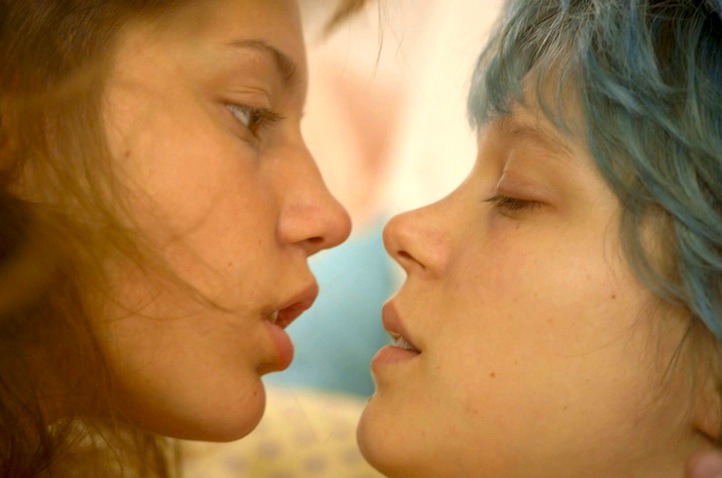
Closer to the vein of the previous film on this list, “Blue is the Warmest Color” shows a crazy love that can speak to everyone who had a difficult first love. Abdellatif Kechiche’s film is about how any approach to a first love as a teenager can be obsessive and is doomed to end in suffering. In this modern coming-of-age story, the normal struggles of a first love are mixed with the social struggle of coming out as a lesbian.
When Adèle (Adèle Exarchopoulos) starts to feel unsatisfied while making love with her boyfriend, a close friend takes her to a gay bar. She doesn’t feel comfortable there either, but when she meets Emma (Léa Seydoux) at a lesbian bar, things become clearer.
Emma is more experienced and comfortable with her sexuality, and she opens up a new world for the shy Adèle. But this experience and confidence are also the things that make Adèle even more insecure. All of these teenage confusions are mixed in this instant classic coming-of-age film.
20. The Duke of Burgundy (Peter Strickland, 2014)
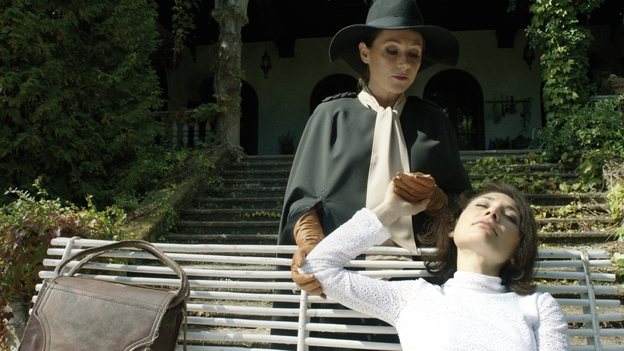
Few films have gone deeper into the oppressive nature of romantic love. In the isolated world of Peter Strickland, we found sadistic love expressions with a twist that makes us question how it can be possible to take out the oppression and power struggle within a couple. Evelyn (Chiara D’Anna) makes frequent visits to Cynthia (Sidse Babett Knudsen) in what it looks like an abusive and unequal relationship.
Cynthia likes to humiliate Evelyn in a logic that both perpetrate, even if it doesn’t look like they enjoy it. However, the film doesn’t stop there and after an early twist, we find out that things are more complex and difficult to understand with this couple, and that logics of oppression are more elusive and unclear than what they seen.
Surrounded by mysterious landscapes with some horror elements, Strickland is capable of exploring what it means to be in a couple, and in “Fassbinderean” logic, he asks if it is possible to avoid a property logic in it.
Author Bio: Héctor Oyarzún is a film student in the Valparaíso University of Chile. Since he was a kid, his most important occupation is watching films. He also likes punk music and playing guitar.